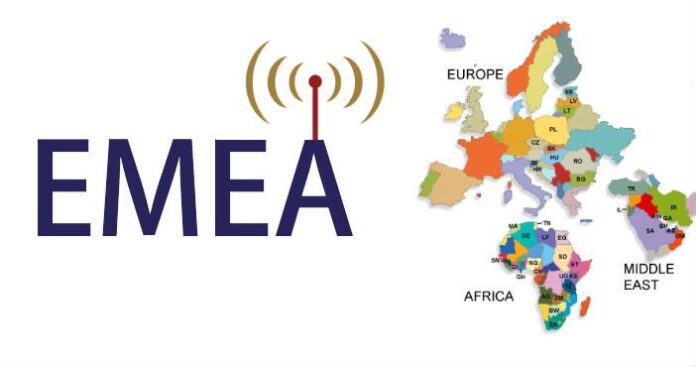BICS today announced the first end-to-end voice-over-LTE call between Asia and Europe. Working together with SK Telecom’s SK Telink – international carrier services division – located in South Korea and Proximus located in Belgium, this trial was conducted on a live commercial network with customers conducting the calls.
SK Telecom is well recognized in the world of VoLTE. In 2012, it announced the first commercial VoLTE services based on Ericsson’s VoLTE solutions portfolio. In 2013, it announced a roaming first with China Mobile. With that history it shouldn’t be surprising to see it involved in the first international VoLTE call on a live network.
Jin-Hyo Park, SVP and head of the network technology research and development center at SK Telecom said: “SK Telecom prides itself on pushing the boundaries of innovation, and this latest announcement further enhances our position as the service leader in the Republic of Korea. International VoLTE provides the best-in-class voice quality demanded by customers already enjoying the service domestically.”
BICS is providing its IPX VoLTE Hub in order to allow mobile operators to support ubiquitous IP Multimedia Subsystem services across different networks in different regions. The Hub provides internetworking and roaming for international VoLTE solutions. Along with intelligent routing, it is able to provide protocol normalization and media transcoding when required in support of high-definition quality voice calling.
The trial is now complete and has been deemed a success. There are two key challenges BICS sees operators facing as they move to ensure VoLTE interoperability from one network to another. The first is preconditioning the IMS. Different operators approach this differently, which can result in SIP headers that are configured differently. The BICS Hub acts as a B2B agent that can determine information that might need to be inserted or suppressed in order for the headers to align and communicate properly. The second challenge is the use of different Adaptive Multi-Rate codecs. This situation can present itself when one operator supports narrowband and the other supports sideband, for example. The BICS solution is able to select the appropriate codec for use and determine when transcoding is and isn’t required in order to minimize the impact to voice quality.
I spoke with Divya Wakankar, BICS’ head of innovation and LTE product management, to better understand the background of this trial effort. I asked her what the most surprising findings from this activity were. She shared with me that the level of evolution still going on related to IMS was more than she had expected. As vendors and operators continue to add new release upgrades there is a greater disparity across the networks. This disparity needs to be aligned in order for VoLTE hand-offs to work successfully and to provide end users with a quality experience.
Like what you read? Follow me on twitter!
Claudia Bacco, Managing Director – EMEA for RCR Wireless News, has spent her entire career in telecom, IT and security. Having experience as an operator, software and hardware vendor and as a well-known industry analyst, she has many opinions on the market. She’ll be sharing those opinions along with ongoing trend analysis for RCR Wireless News.

